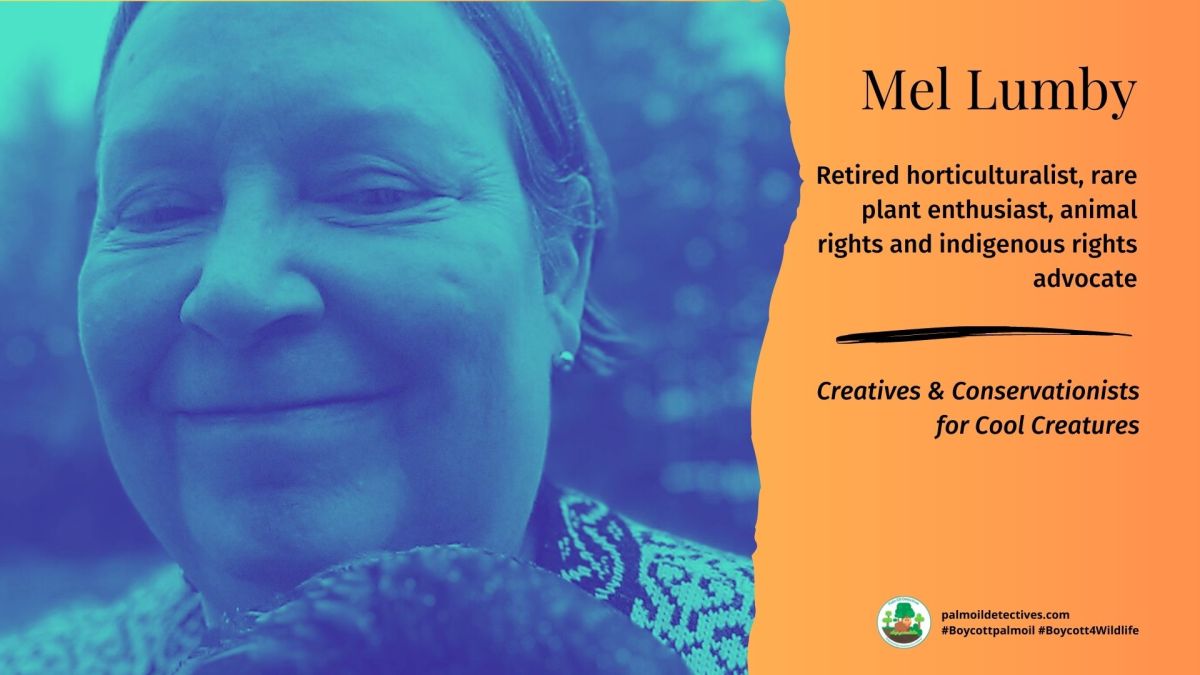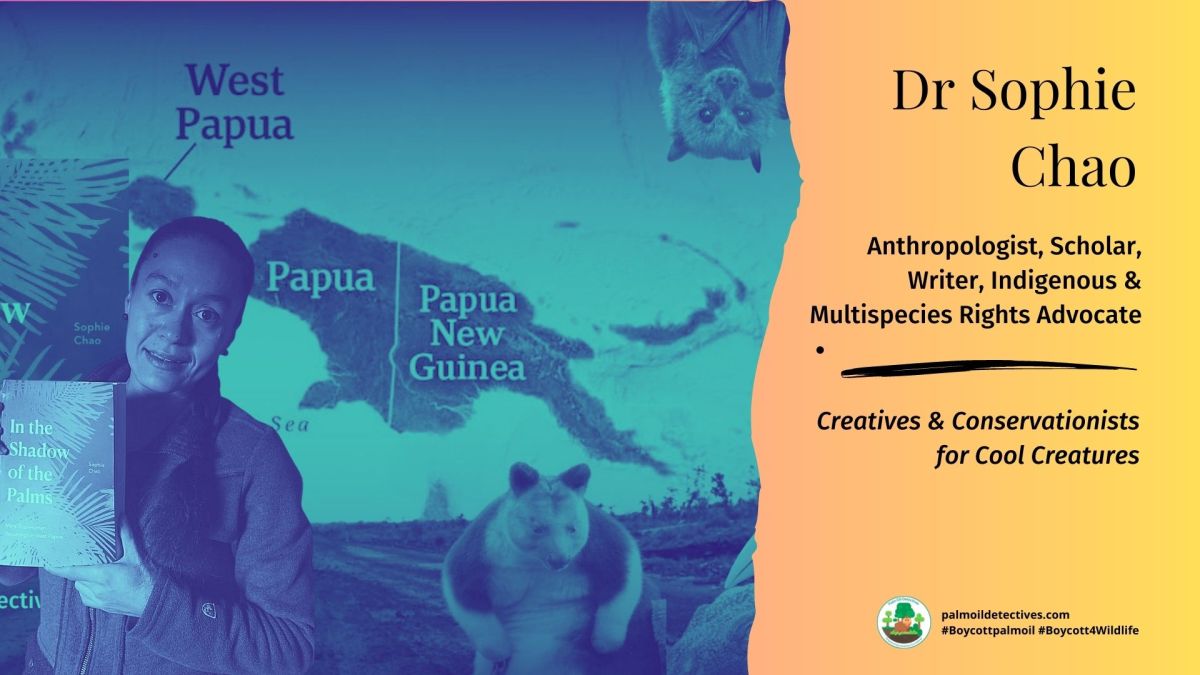Red-shanked Douc Langur Pygathrix nemaeus
Critically Endangered
If you have never seen the Red-shanked Douc Langur, you are in for a real treat.
These vividly coloured creatures have a fairytale quality. They thrive in lush forests, from lowlands to mountainous regions, and even limestone habitats. However, they are facing imminent threats to their existence – hunting and palm oil deforestation.
Vividly coloured and with a Zen-like calmness, Red-shanked Douc Langurs are critically endangered by #palmoil and other #deforestation along with #hunting throughout their range. Help them and be #vegan #Boycottpalmoil #Boycott4Wildlife
Tweet
The colourful and intelligent Red-shanked Douc Langur faces many threats including #deforestation and hunting. They are critically endangered Boycott the brands destroying their home. #Boycottpalmoil #Boycott4Wildlife
Tweet
By boycotting palm oil and embracing a vegan lifestyle, you’re not just helping them, but also our planet. The palm oil industry and meat industry directly and indirectly causes tropical deforestation, destroying the homes of countless animals, including the Red-shanked Douc Langur.
Every time you shop use your wallet as a weapon and #Boycottpalmoil, be #vegan and #Boycott4Wildlife

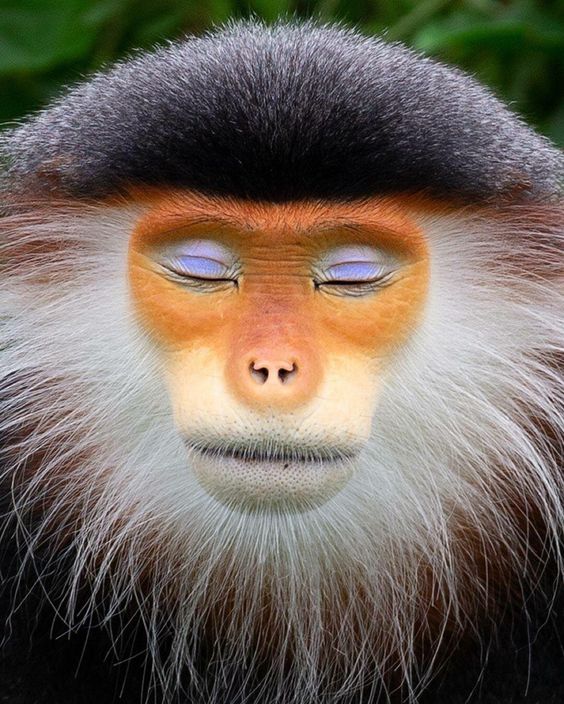

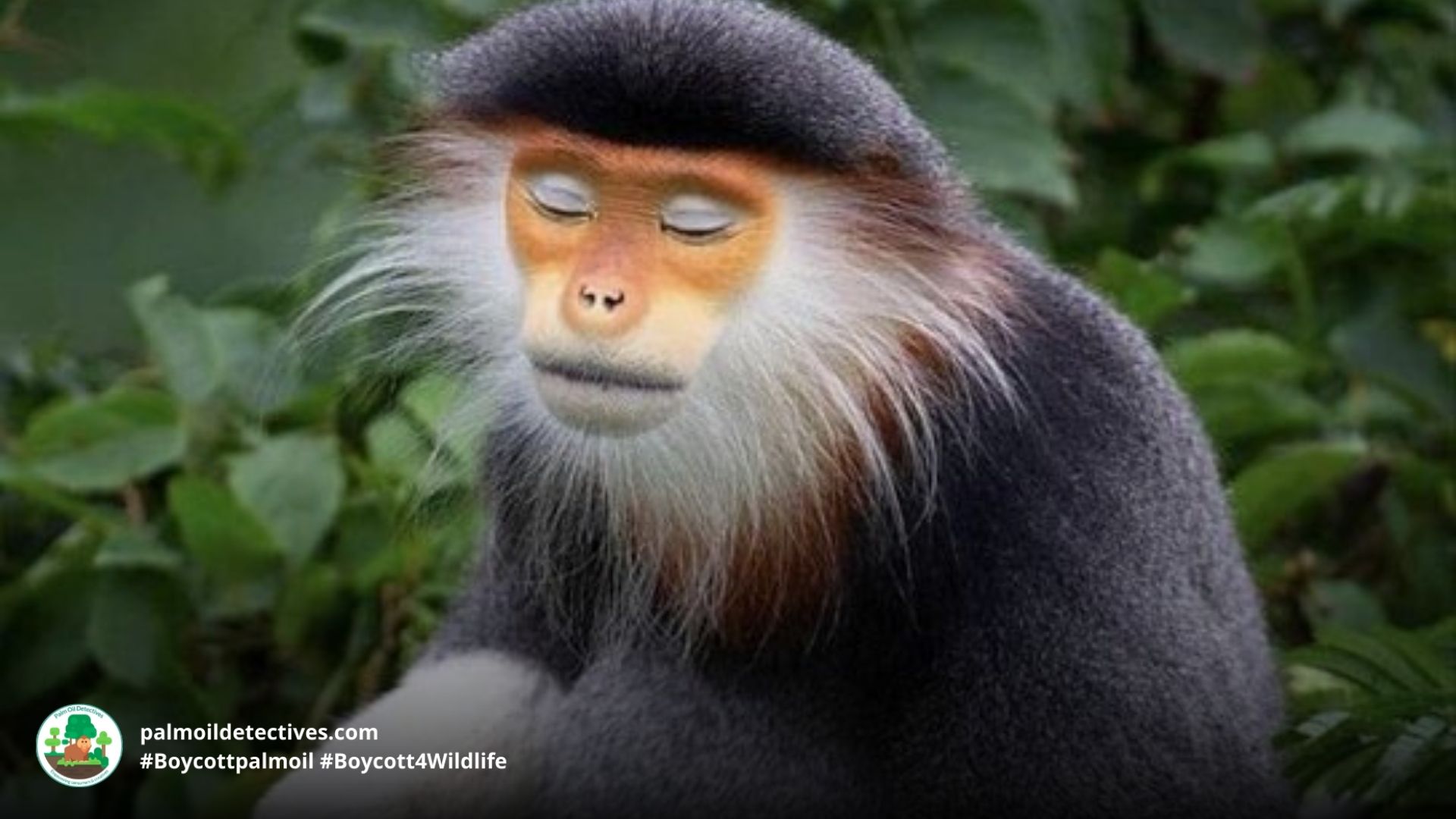

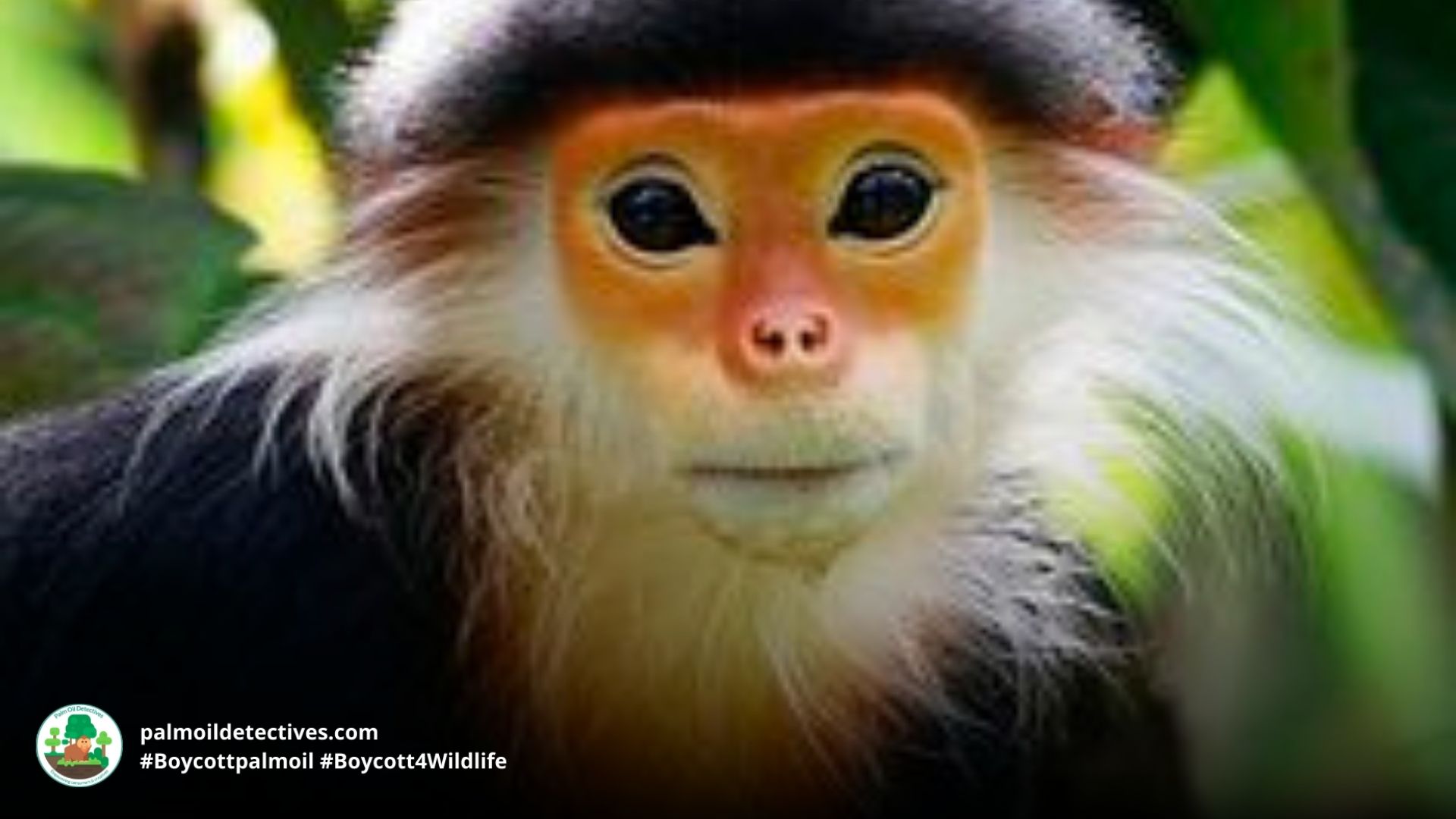

Habitat loss has also been a major threat in Vietnam with extensive logging for coffee, rubber, and cashew plantations (Nadler et al. 2004), and in Lao PDR where logging is underway at an increasing rate for mining, agriculture, forestry and hydropower projects, mostly by large Chinese and Vietnamese companies (Smirnov 2015). Habitat loss and fragmentation have led to an increase in access to remote forests for illegal hunting of the species, contributing to the alarming declines of the global population.
Conservation efforts for this species of langur are underway
Habitat loss has also been a major threat in Vietnam with extensive logging for coffee, rubber, and cashew plantations (Nadler et al. 2004), and in Lao PDR where logging is underway at an increasing rate.
IUCN Red List
Further Information

Coudrat, C.N.Z., Quyet, L.K., Duc, H., Phiaphalath, P., Rawson, B.M., Nadler, T., Ulibarri, L. & Duckworth, J.W. 2020. Pygathrix nemaeus. The IUCN Red List of Threatened Species 2020: e.T39826A17941247. https://dx.doi.org/10.2305/IUCN.UK.2020-2.RLTS.T39826A17941247.en. Downloaded on 25 January 2021.
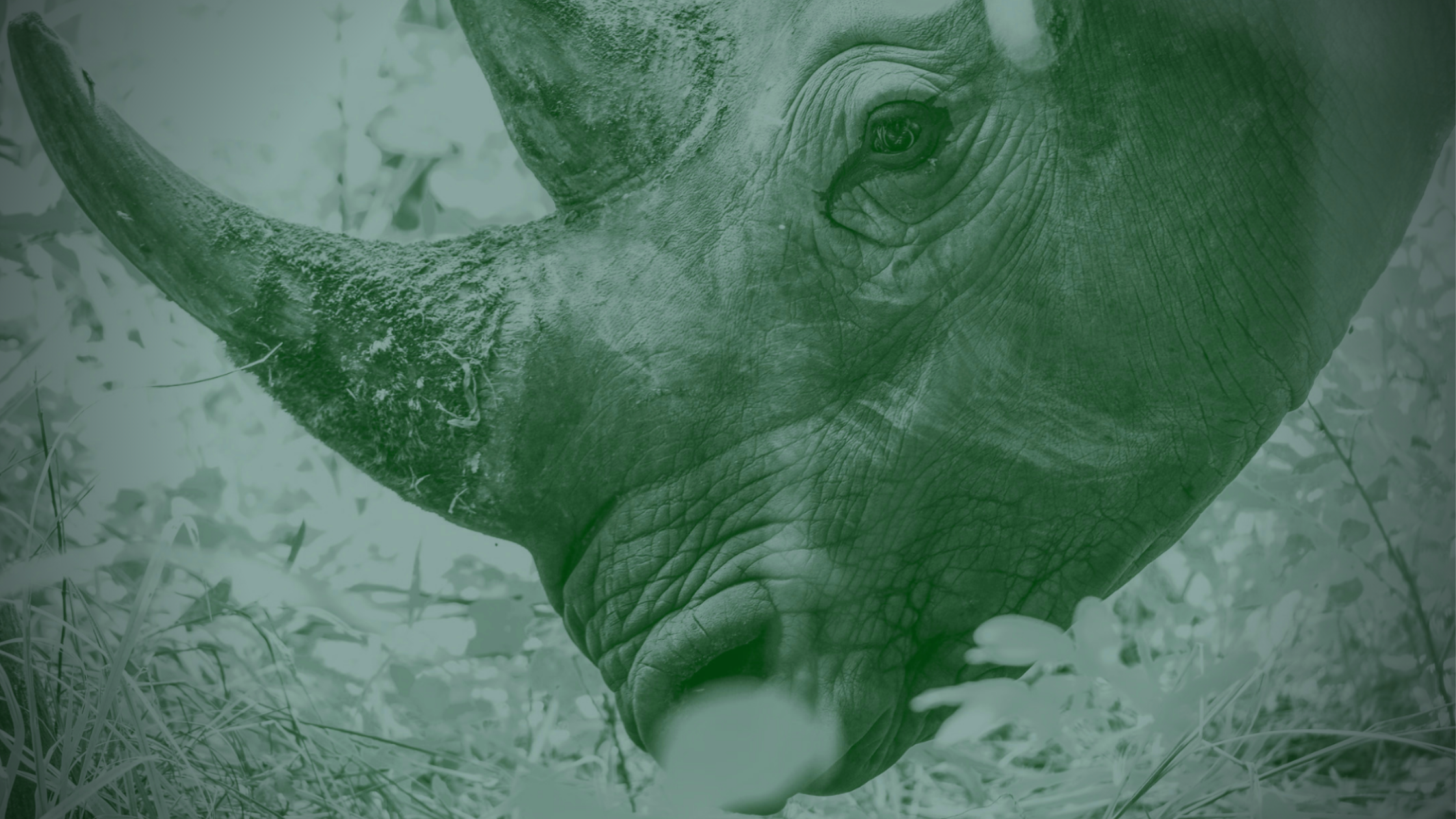
How can I help the #Boycott4Wildlife?
Contribute in five ways
1. Join the #Boycott4Wildlife on social media and subscribe to stay in the loop: Share posts from this website to your own network on Twitter, Mastadon, Instagram, Facebook and Youtube using the hashtags #Boycottpalmoil #Boycott4Wildlife.
2. Contribute stories: Academics, conservationists, scientists, indigenous rights advocates and animal rights advocates working to expose the corruption of the palm oil industry or to save animals can contribute stories to the website.
3. Supermarket sleuthing: Next time you’re in the supermarket, take photos of products containing palm oil. Share these to social media along with the hashtags to call out the greenwashing and ecocide of the brands who use palm oil. You can also take photos of palm oil free products and congratulate brands when they go palm oil free.
4. Take to the streets: Get in touch with Palm Oil Detectives to find out more.
5. Donate: Make a one-off or monthly donation to Palm Oil Detectives as a way of saying thank you and to help pay for ongoing running costs of the website and social media campaigns. Donate here



